Date: 9 June 2017
Time: 9.50 - 13.00
Place: Axelborgsalen
Overview program followed by abstracts.
To go directly to a specific abstract please click on the title of the speech.
Keynote
09.50 - 10.30
Anna Flysjö, Life Cycle Sustainability Manager, Arla Foods, Denmark
Presentations
10.30 - 10.50
Toon van Hooijdonk, Prof.dr.ir., Department of Agrotechnology and Food Sciences, Wageningen University and Research, The Netherlands
10.50 - 11.10
Richard Laxton, Global Sustainability Manager, Arla Foods, United Kingdom
11.50 - 12.10
Jørgen E. Olesen, Professor, Department of Agroecology, Aarhus University, Denmark
12.10 - 12.30
Henrik Borg Kristensen, Chief Consultant, Danish Agriculture and Food Council, Denmark
Flash talks
12.30 - 12.40
Renzo Akkerman, Associate Professor, Operations Research and Logistics group, Wageningen University, Wageningen, Netherlands
12.40 - 12.50
Peter Bæk Skou, PhD Student, Department of Food Science, University of Copenhagen, Denmark
12.50 - 13.00
Ida Sørensen, PhD Student, Department of Food Science, Aarhus University, Denmark
Abstracts

Environmental Footprint of Arla Foods production – from cow to consumer
There is an increasing pressure on our planet to deliver food to a growing population. The demand for dairy products is expected to increase with more than 60% from 2007 to 2050, and sustainable production is more important than ever. In the Global Dairy Agenda of Action (GDAA), signed in 2009, the dairy industry committed to reduce greenhouse gas emissions and strive to implement a more sustainable production. As an outcome of this commitment, the Dairy Sustainability Framework (DSF) has been developed to enable the GDAA to take a holistic approach to sustainability, focusing on eleven key areas covering the entire value chain: Greenhouse gas emissions, soil nutrients, waste, water, soil, biodiversity, market development, rural economies, working conditions, product safety & quality and animal care. This allows the dairy sector to establish a common sustainability commitment that can be expressed at a global level, but also at regional, national and organizational levels.Arla Foods is a member of the DSF and is dedicated to work on solving the sustainability challenges facing the dairy sector. As one of the first food companies, Arla Foods has assessed the environmental impacts from its entire value chain based on the Environmental Profit and Loss methodology, also known as Natural Capital Accounting. The method combines the use of physical data and monetary flows that are translated into environmental impacts, hence no cut-offs. Environmental impacts are then expressed in monetary units. The study confirms that the farm level represents the largest share of the environmental burden, followed by the consumer stage. Most significant impact categories include contribution to global warming, respiratory inorganics, nature occupation and fossil energy use. The method can be a valuable tool providing a scientific basis for strategic decisions and prioritizing efforts going forward.There is an increasing pressure on our planet to deliver food to a growing population. The demand for dairy products is expected to increase with more than 60% from 2007 to 2050, and sustainable production is more important than ever. In the Global Dairy Agenda of Action (GDAA), signed in 2009, the dairy industry committed to reduce greenhouse gas emissions and strive to implement a more sustainable production. As an outcome of this commitment, the Dairy Sustainability Framework (DSF) has been developed to enable the GDAA to take a holistic approach to sustainability, focusing on eleven key areas covering the entire value chain: Greenhouse gas emissions, soil nutrients, waste, water, soil, biodiversity, market development, rural economies, working conditions, product safety & quality and animal care. This allows the dairy sector to establish a common sustainability commitment that can be expressed at a global level, but also at regional, national and organizational levels.Arla Foods is a member of the DSF and is dedicated to work on solving the sustainability challenges facing the dairy sector. As one of the first food companies, Arla Foods has assessed the environmental impacts from its entire value chain based on the Environmental Profit and Loss methodology, also known as Natural Capital Accounting. The method combines the use of physical data and monetary flows that are translated into environmental impacts, hence no cut-offs. Environmental impacts are then expressed in monetary units. The study confirms that the farm level represents the largest share of the environmental burden, followed by the consumer stage. Most significant impact categories include contribution to global warming, respiratory inorganics, nature occupation and fossil energy use. The method can be a valuable tool providing a scientific basis for strategic decisions and prioritizing efforts going forward.
Anna Flysjö, Life Cycle Sustainability Manager, Arla Foods, Denmark
Industrial PhD in Science & Technology, Aarhus Uni./Arla Foods.
Previous experience: Environmental Consultant at SIK. Area of expertise: sustainable dairy production, life cycle assessments and carbon footprint analysis.

Dairy in a sustainable diet: a sharp discussion
The demand for dairy products is growing rapidly, especially in emerging markets. Dairy products are nutrient-rich and, therefore, an important food group for ensuring nutrient security in the future. In many countries, dairy contributes significantly to nutrient intake. Meta analyses have shown that consumption of dairy may reduce the risk of several chronic diseases and thereby lower healthcare costs. Milk production also has an ecological impact through emissions of greenhouse gas and polluting minerals. Evaluating the position of food groups in a sustainable diet should take all relevant factors into account. The SHARP diet concept provides such an evaluating model by integrating the different factors. A diet should not only be Sustainable (low environmental impact) and Healthy (nutritionally adequate) but also be Affordable (and accessible), Reliable (available and save) and Preferable (cultural acceptable). The position of dairy in the diet will be discussed around these SHARP factors. The cow is an efficient converter of human-inedible resources into nutrient-dense food. Increased productivity of cows is a decisive factor in realizing sufficient milk production with optimal resource efficiency and minimal greenhouse gas emission. Protein quality is a relevant determinant for land use efficiency and is often neglected in the debate of sustainable food security. Protein is the most important and expensive macronutrient and quality counts, especially in situations where the protein intake is below the recommended level.
Toon van Hooijdonk, Prof.dr.ir., Department of Agrotechnology and Food Sciences, Wageningen University and Research, The Netherlands
PhD in Food Technology, Wageningen Uni. CV includes senior positions at NIZO Food Research, Unilever Research and Friesland Campina. Since 2007 Professor in Dairy Science & Technology at the Wageningen Uni., where his research focuses on the relation between variation in milk composition and processing, nutrition and sustainability. Has always been active in organizations supporting the interests of the dairy industry.

Food waste - time to recognize it as a resource - time to think differently
Worldwide, it is estimated that about one-third of all food produced — worth around $1 trillion — gets lost or wasted in production and consumption systems, according to the Food and Agriculture Organisation.In industrialized regions, almost half of the total food squandered, around 300 million tons annually, occurs because producers, retailers and consumers discard food that is still fit for consumption – enough to feed 870 million people.20% of dairy is wasted globally, with around 13% of dairy product wasted in Europe. This is the equivalent of 1 in 4 cars on our roads.We must look at food differently – we must derive value from by-products and waste streams that may currently be going to landfill or incineration, in waste water streams, or in low-value applications. The industry has already developed several very successful markets for certain co-products, for example whey and lactose, but there are still significant resource losses across the production processes where there is potential for valorization; there are losses in delivery and retail networks, and a huge loss with the end consumer.Various options for the valorization already exist and have been implemented: for whey there is already a ‘cascade’ of products and subsequent by-products from each further additional processing step.But many questions are raised on this journey, and what further insight do we need? Which by-products are most significant, and which technologies will move dairy waste up the hierarchy?What new methods are needed to divert food losses back to useable food? And do we need to review our legislative and regulatory frameworks to stop us wasting perfectly good food and valuable resources. Finally, how do we change the consumer mindset to recognize food as valuable? In short, it is time to see things differently.
Richard Laxton, Global Sustainability Manager, Arla Foods, United Kingdom
MSc in Environmental Management, Uni. Nottingham. Previous experience: production manager jobs at United Biscuits, Trusthouse Forte, Northern Foods, Express Dairies and different positions at Arla Foods. As Global Sustainability Manager for Arla, Richard is involved in the delivery and communication of Arla’s Environmental Strategy, identifying trends and new technologies, and assisting with the delivery of Arla’s zero carbon dairy.

Climate related challenges and possibilities for the dairy industry
Global warming is one of the major threats to sustainable development, and recent global political decisions aim at keep global warming within 2oC, although this target is technically and politically very difficult to achieve. The EU has clear objectives of reducing emissions of greenhouse gases (GHG) from the energy sector as well as transport, housing and agriculture. Globally, agriculture and land use changes contribute 24% of global emissions, and livestock is estimated to contribute 15%. Emissions of GHGs from livestock originate from emissions during production of the feed, during digestion (enteric fermentation) and from the storage and handling of manure. The emissions from feed production are related to changes in stocks of carbon in vegetation and soil, and here particularly large emissions may originate from conversion from natural vegetation to farmland or when cultivating peatlands. There are also emissions of nitrous oxide (a potent GHG) from the application of nitrogen in fertilizer and manure. Ruminant livestock have particularly large emissions of methane (another potent GHG) from anaerobic digestion of feed in the rumen. Anaerobic storage of manure (e.g. as slurry) leads to emissions of methane, whereas other types of storage may also lead to nitrous oxide emissions. In general, a substantial proportion of global livestock emissions originate from ruminant livestock, because they emit methane from enteric fermentation and have lower lifetime production efficiencies than monogastric animals (pigs and poultry). Emissions can be reduced by improving production efficiency and by technological and management measures that target individual emissions. Such measures include stopping drainage and cultivation of peatland, changing feedstuffs and using additives to reduce enteric methane (e.g. nitrate in the feed), using technologies that reduce methane from manure (e.g. biogas or acidification) and reducing nitrous oxide from applied fertilizers and manure by adding nitrification inhibitors.
Jørgen E. Olesen, Professor, Department of Agroecology, Aarhus University, Denmark
MSc in Agrobiology, Royal Veterinary and Agricultural Uni. Previous experience: positions at Aarhus Uni. and an Adjunct professorship at Uni. Cph. Research includes adaptation of agricultural production systems to climate change, emission of greenhouse gases from agriculture, organic and integrated crop production systems, modelling of the soil-plant-atmosphere systems and at farm scale.

Water recycling/reuse in the dairy industry
Abstract will be published later
Henrik Borg Kristensen, Chief Consultant, Danish Agriculture and Food Council, Denmark

Integrated production planning and water management: Theory and application to cheese production
Water is an important resource for the dairy industry, both for production processes and cleaning activities. Rising concerns about water scarcity and pollution have necessitated the dairy industry to utilize available water resources judiciously and to valorize and dispose effluent streams in a sustainable manner. While financial benefits of reducing water consumption are significant, companies also benefit from a positive image due to increased environmental performance. In this context, many dairy plants have started recycling spent water streams to meet water demands of various production, heat transfer, and cleaning processes. However, installation and operation of treatment technologies often entail a significant financial burden. Intelligent decision support is therefore necessary in order to plan production operations and consider at the same time various water reuse and disposal aspects. Both of these topics have been addressed individually in the literature and have seen successful implementations. However, a key challenge is to achieve water management goals without compromising on production efficiency or product quality. This requires an integrated consideration of both production planning and water management in a single framework that is capable of evaluating tradeoffs between production efficiency and water efficiency.We develop a production planning framework based on mathematical programming and integrate water management decisions at various levels of the decision-making hierarchy. We model quality of water resources, both fresh and used, with a flexible classification scheme that can effectively include water reuse and treatment possibilities. We demonstrate the applicability and performance of our approach in a case study based on a cheese production plant.Overall, our framework is able to plan both production and water reuse in an efficient manner and can reduce the water footprint of dairy plants.
Renzo Akkerman, Associate Professor, Operations Research and Logistics group, Wageningen University, Wageningen, Netherlands
PhD in Operations Management, University of Groningen in The Netherlands. Currently Associate Professor in Operations Research and Logistics at Wageningen University. Previously held positions as at the Technical University of Munich and the Technical University of Denmark. Mostly doing interdisciplinary research in the areas of food supply chain management, sustainable operations management, and production planning and scheduling.

Chemical characterization and real-time monitoring of membrane permeates from an industrial dairy ingredient production
Reuse of process water in dairy ingredient production – and food processing in general – opens the possibility for sustainable water regimes. Membrane filtration processes are an attractive source of process water recovery since the technology is already utilized in the dairy industry, and its use is expected to grow considerably in the coming time. At Arla Foods Ingredients, permeate from a reverse osmosis polisher (ROP) filtration unit is sought to be reused as process water, replacing the intake of potable water. Although reuse of process water is an attractive option, chemical and microbiological safety is of major importance in the food and dairy industry and must thus be guaranteed at all time. To ensure this, (i) statistical characterization in combination with (ii) real-time, on-line monitoring of relevant parameters need to be in place. Process analytical technology provides the principles for real-time, on-line monitoring, but first the relevant target molecules and concentration ranges should be identified.We present the results of chemical characterization by gas chromatography coupled with mass spectrometry detection and inductively coupled plasma with optical emission spectroscopy showing the organic and elemental composition, respectively. Results indicate that smaller molecules and elements (such as urea, phosphate and boron) pass the ROP membrane but also larger molecules (long chain fatty acids, 1H-indole, glycerol-phosphate, glutamic acid and corresponding alpha-keto acid) are occasionally found, although in very small concentrations. Urea has been identified as the main organic compound permeating the ROP membranes in this process and near-infrared spectroscopy has been investigated for real-time quantification using chemometrics (PLS regression) with prediction uncertainty estimation.
Peter Bæk Skou, PhD Student, Department of Food Science, University of Copenhagen, Denmark
MSc in Food Science and Technology, specialization in Dairy Technology, Uni. Cph. Previous experience: student jobs at FOSS A/S and Chr. Hansen’s. His PhD project deals with characterization and real-time monitoring of process-water quality in the food and bioprocessing industry using UV-vis, NIR and fluorescence spectroscopy as well as GC-MS.

Concentration milk at the farm - keeping the high quality
Concentrating raw milk at the dairy farms is a potential strategy to reduce energy consumption and CO2 emission by decreasing the volume of milk to be transported between farm and dairy. It is, however, of great importance that the milk retains its quality for further processing. This study aims to understand how different processing factors associated with spiral wound ultrafiltration (UF) and reverse osmosis (RO) will affect the retentate quality, and whether concentrating milk at the farm will further influence processing at the dairy. The results demonstrate that it is possible to concentrate raw milk by membrane filtration, without causing severe damage to the fat globules and proteins. Especially, filtration at low temperature (4°C) results in a significantly lower lipolysis and proteolysis compared to filtration at 10°C. Moreover, total bacterial count is not increasing more than the concentration factor. Despite the fact that RO operates with much higher feed pressures compared to UF, the effect on lipolysis is small, which makes RO technology the most applicable, since lactose is withheld in the retentate. Whole milk powder production and storage stability were not influenced by pre-concentrating milk at the farm compared to powder made from regular raw milk. The results showed that concentration of the oxidation products, hexanal, heptanal and nonanal increased during storage of both retentate powder and powder from non-concentrated milk, but not to a higher extent than in commercial powder that had undergone similar storage. The retentate exhibits good rennet coagulation properties, but displays changed behavior towards first and second phase of the coagulation process. The exact explanation behind this observation is currently being studied.
Ida Sørensen, PhD Student, Department of Food Science, Aarhus University, Denmark
MSc in Dairy Science and Technology, Uni. Cph. Previous experience: Research Assistant at Aarhus Uni. Her PhD project focuses on characterization of physical and chemical changes in membrane filtrated milk.
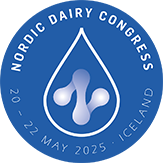






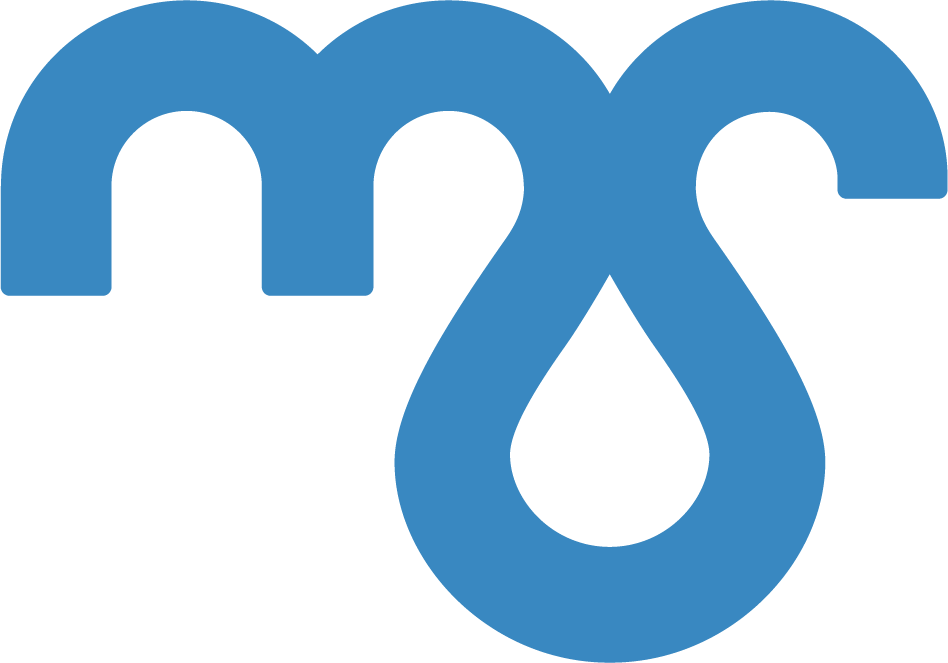
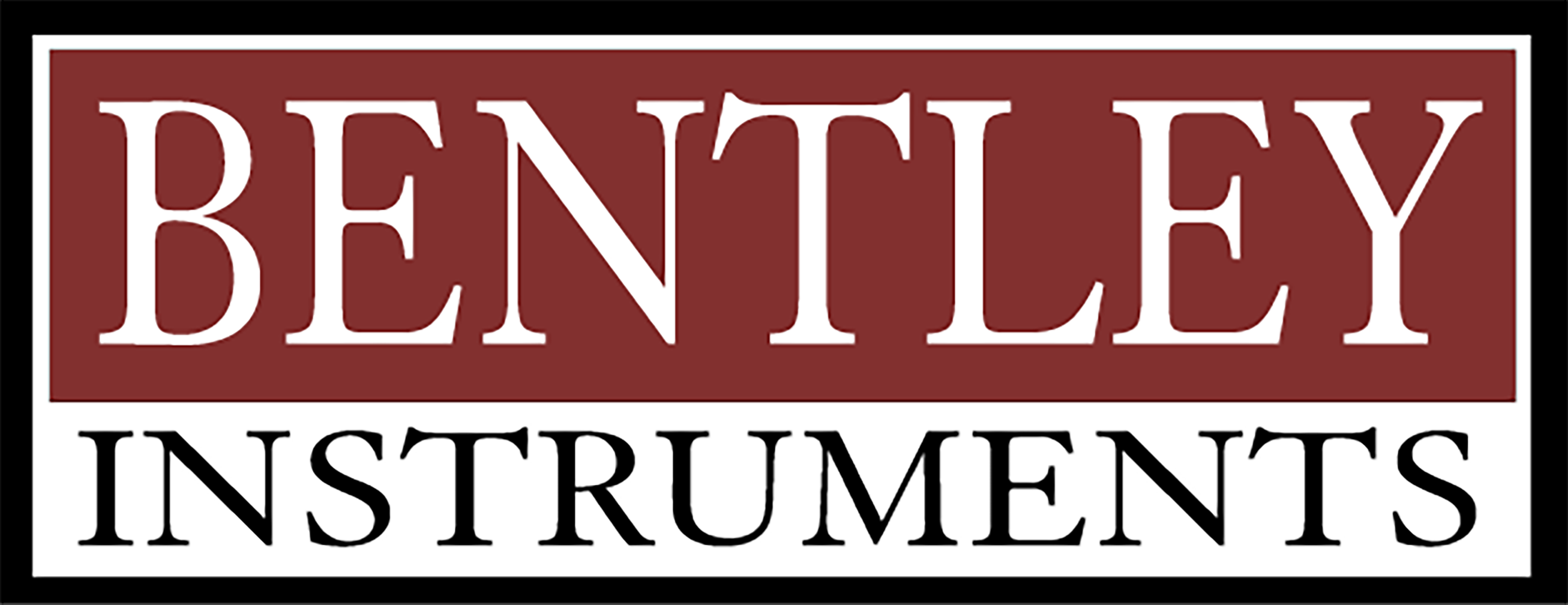
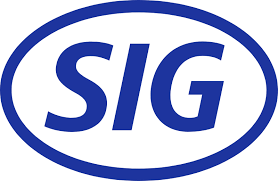





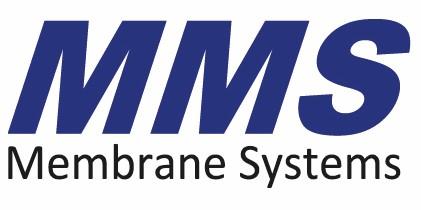


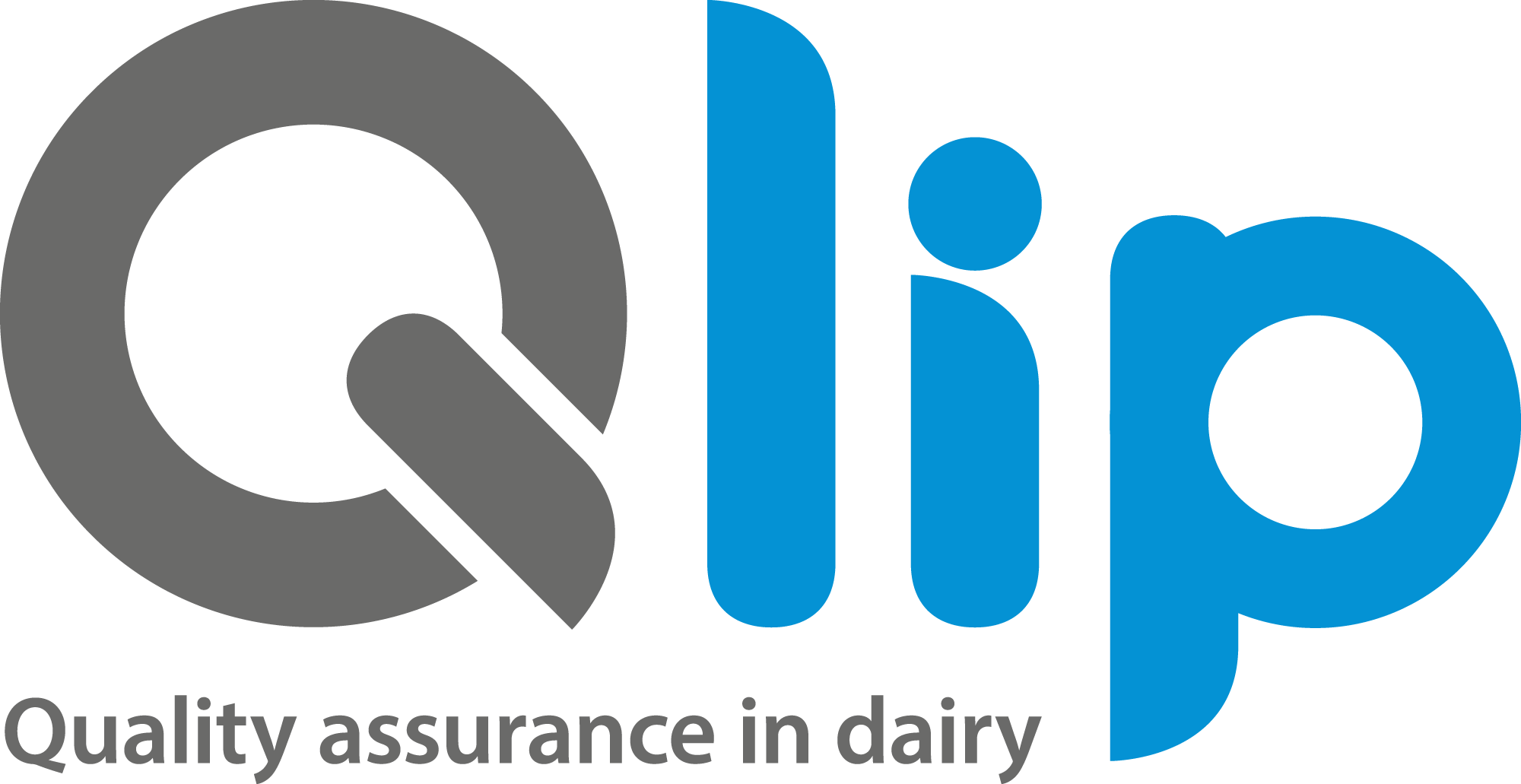
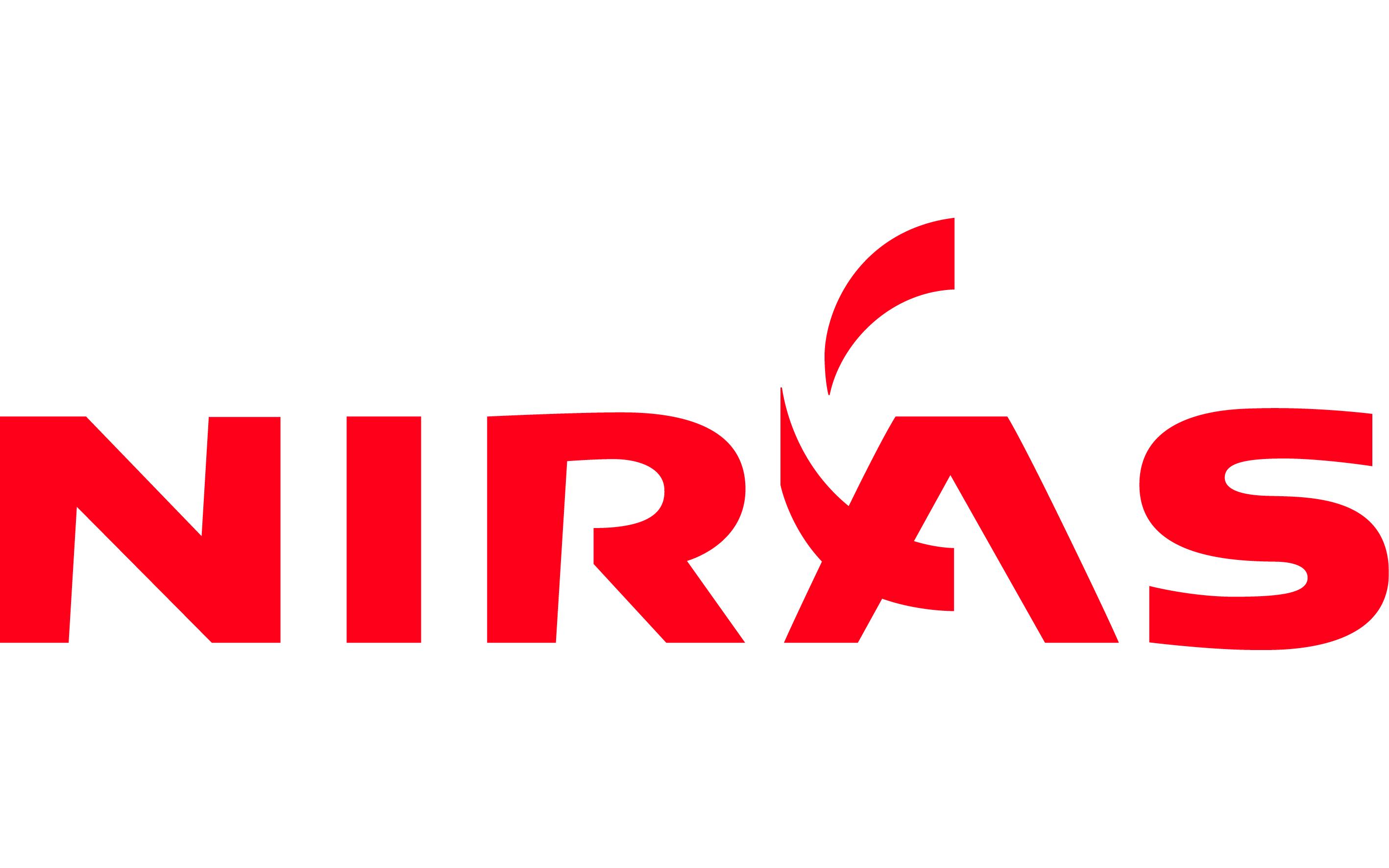
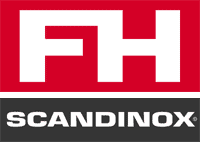

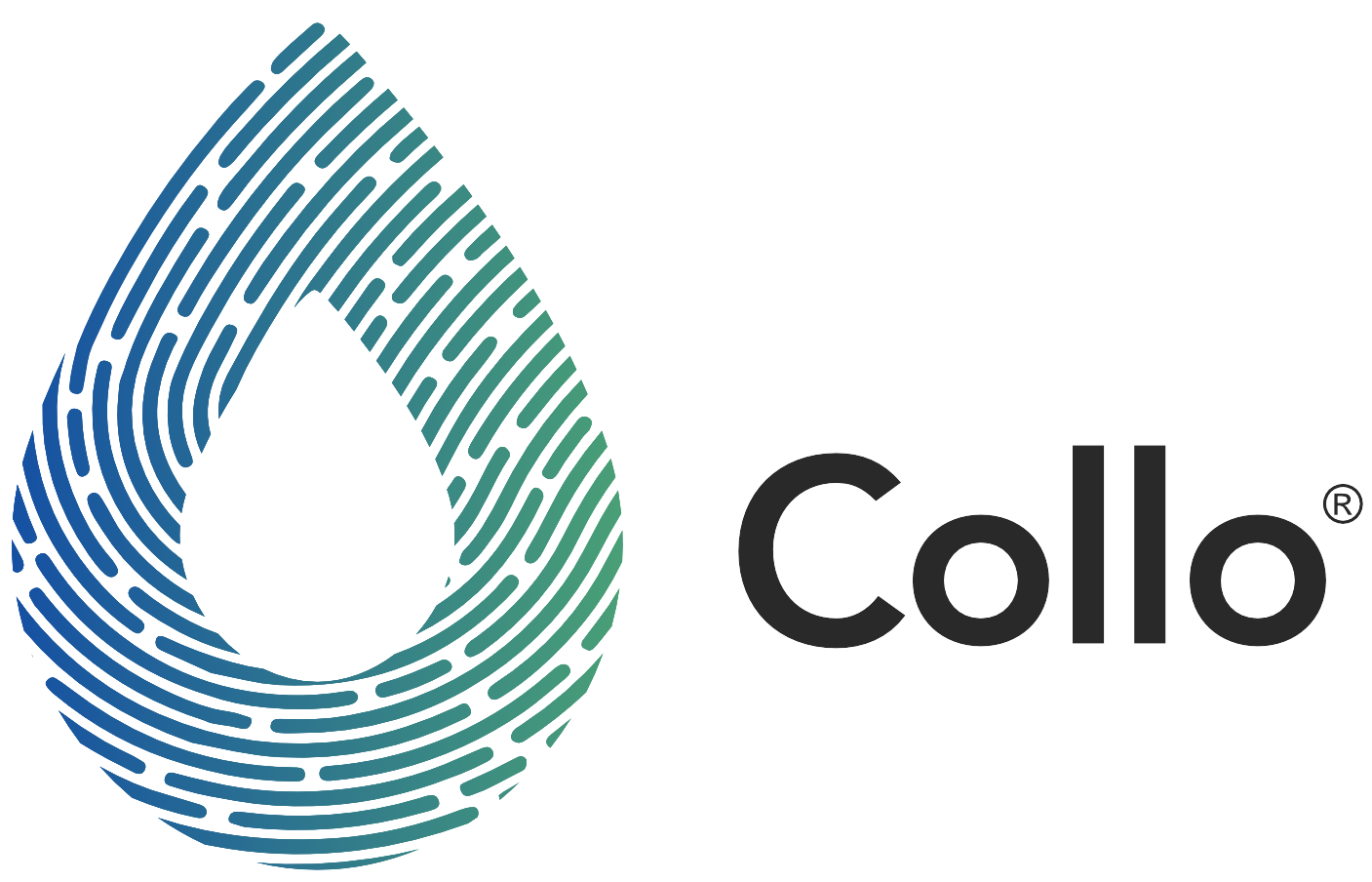
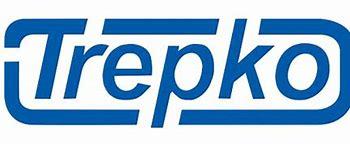




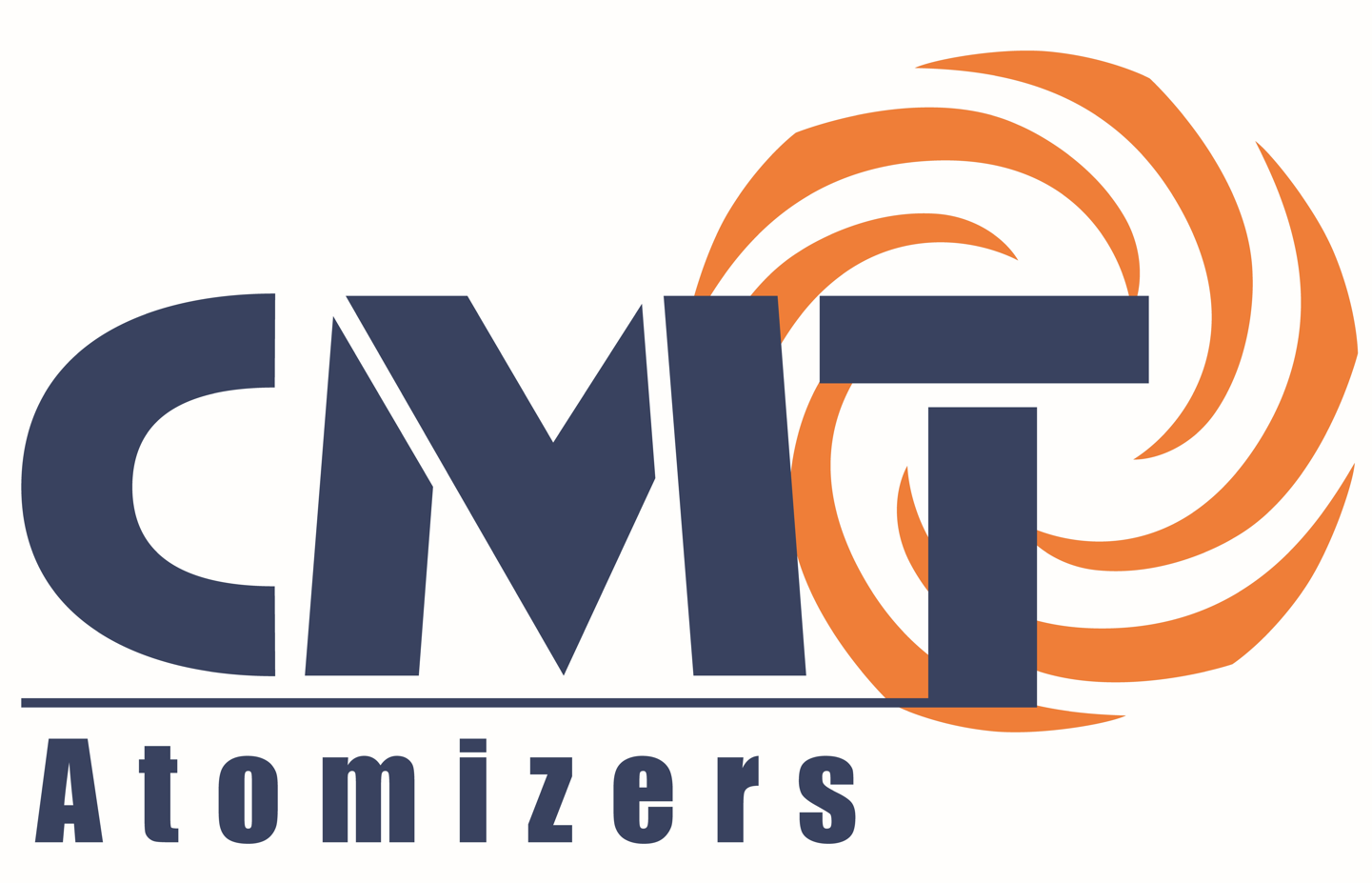
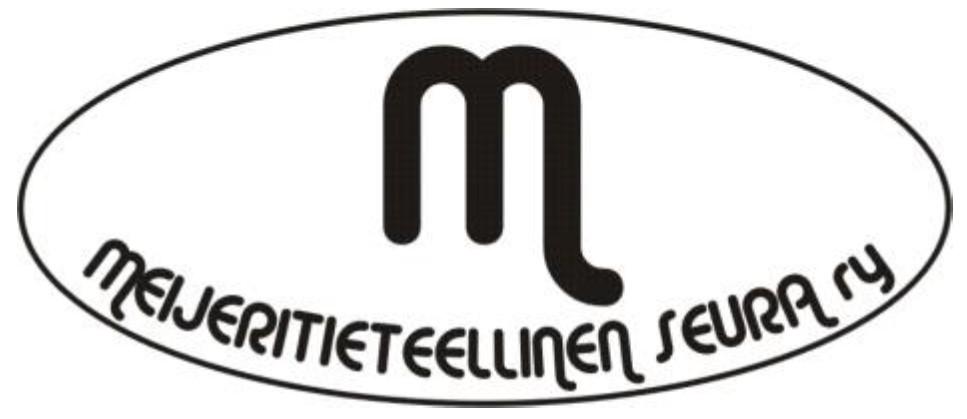
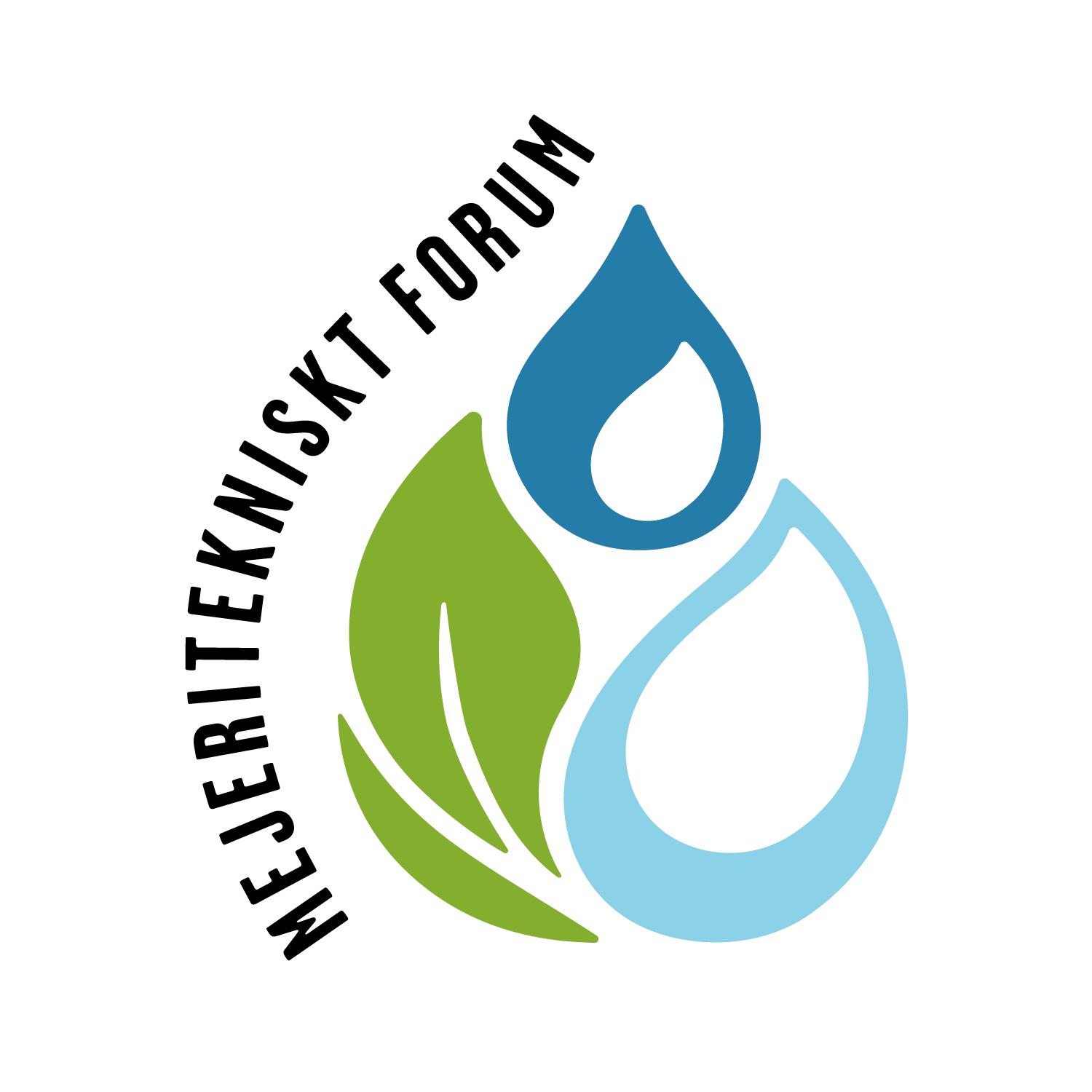
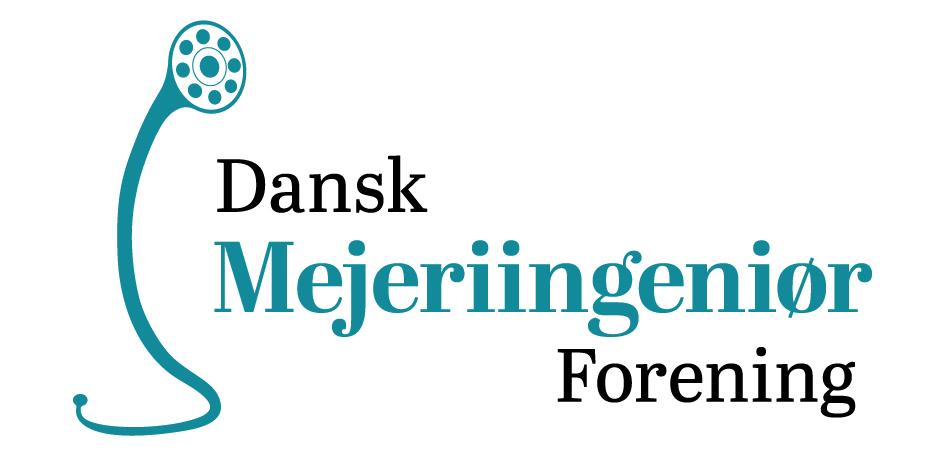




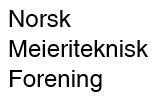
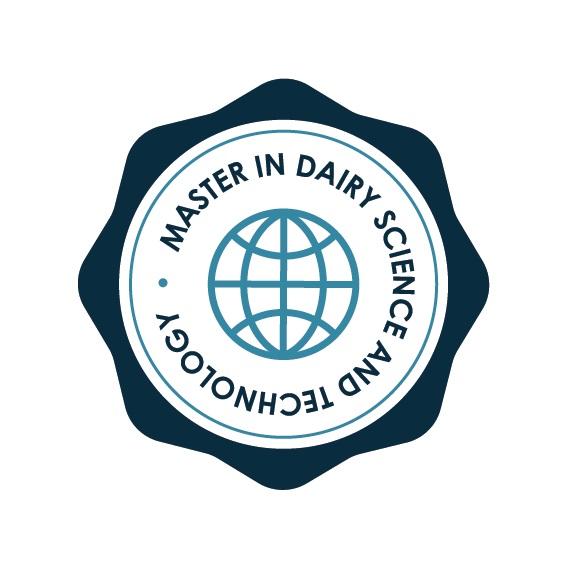
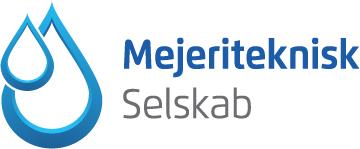

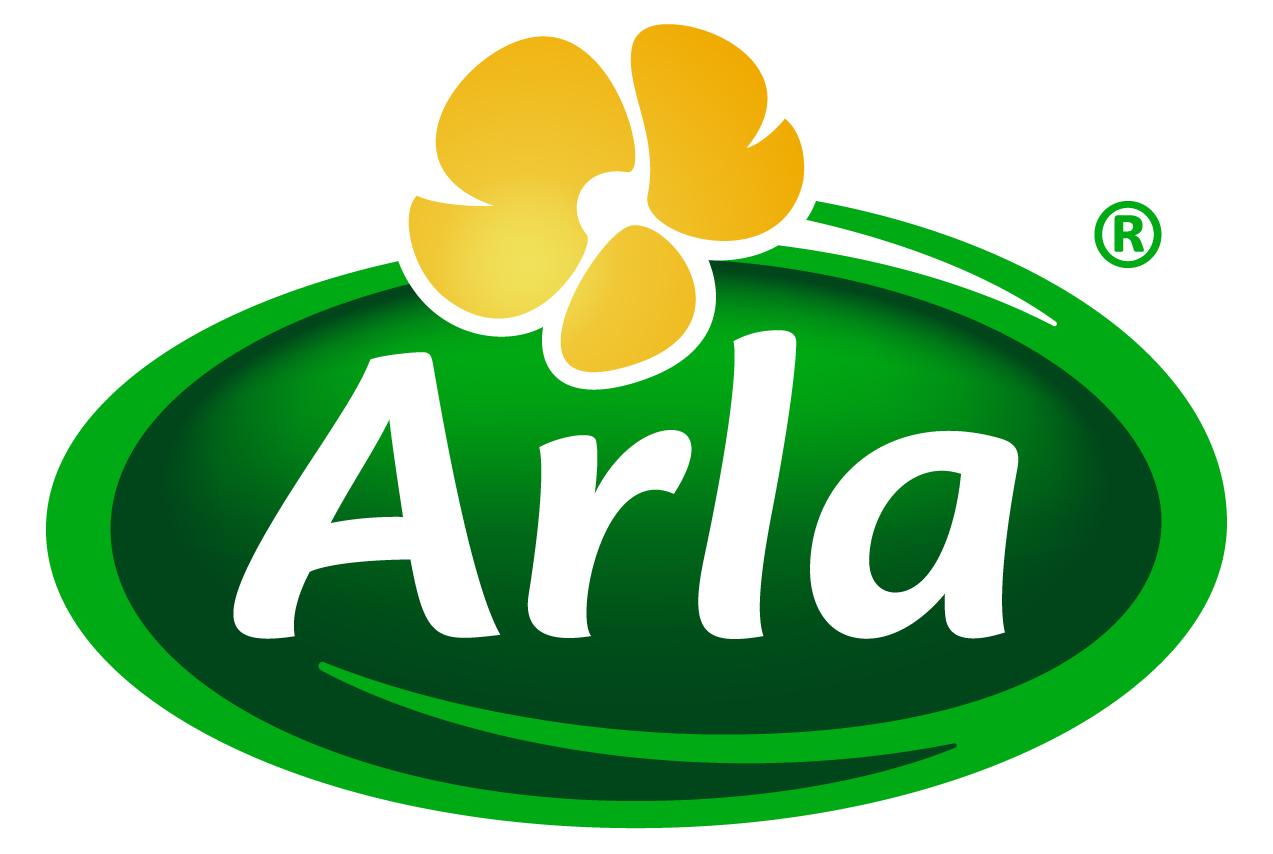
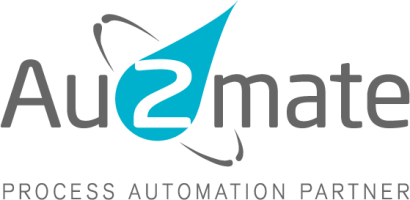
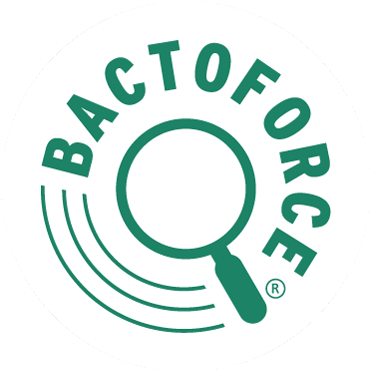

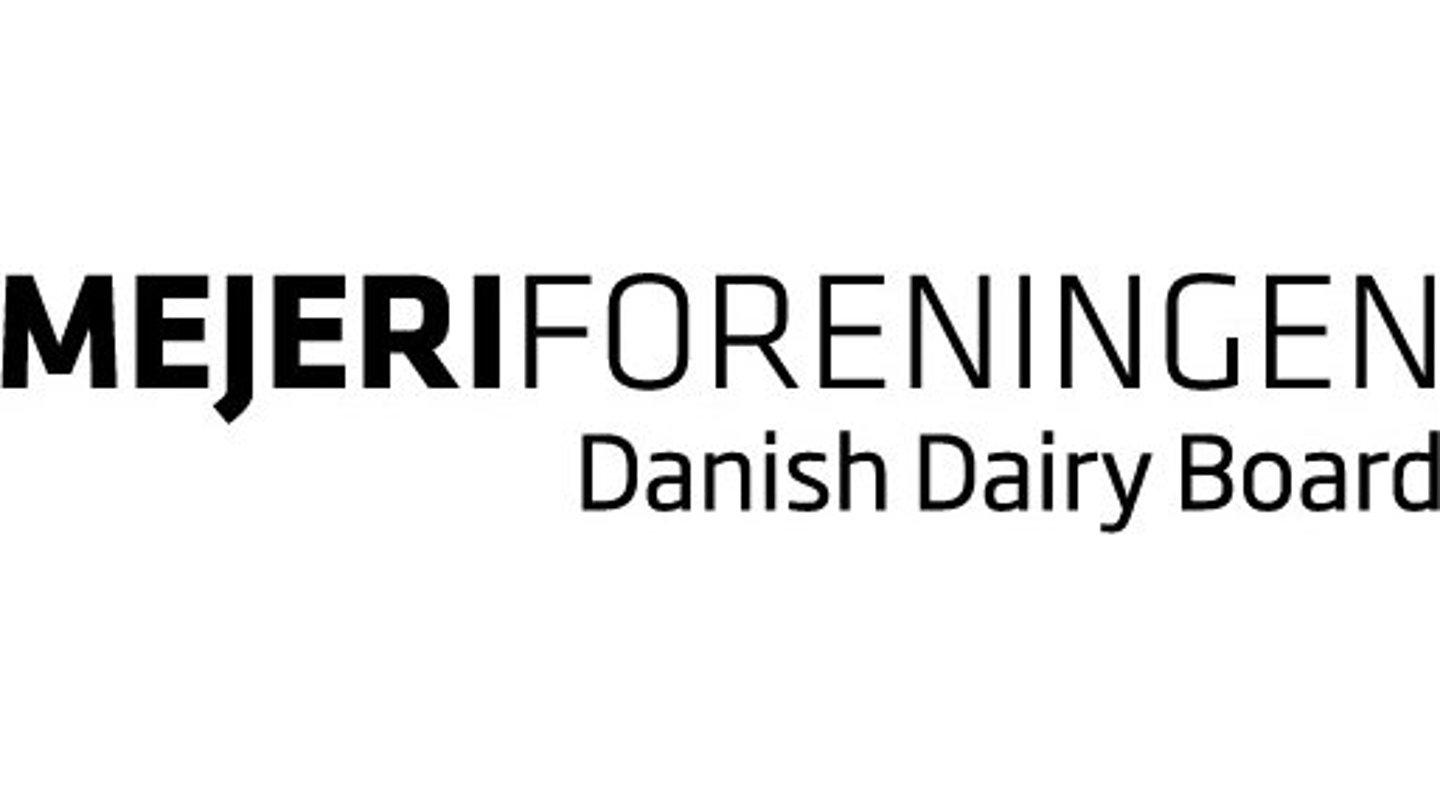
 Munkehatten 28
Munkehatten 28